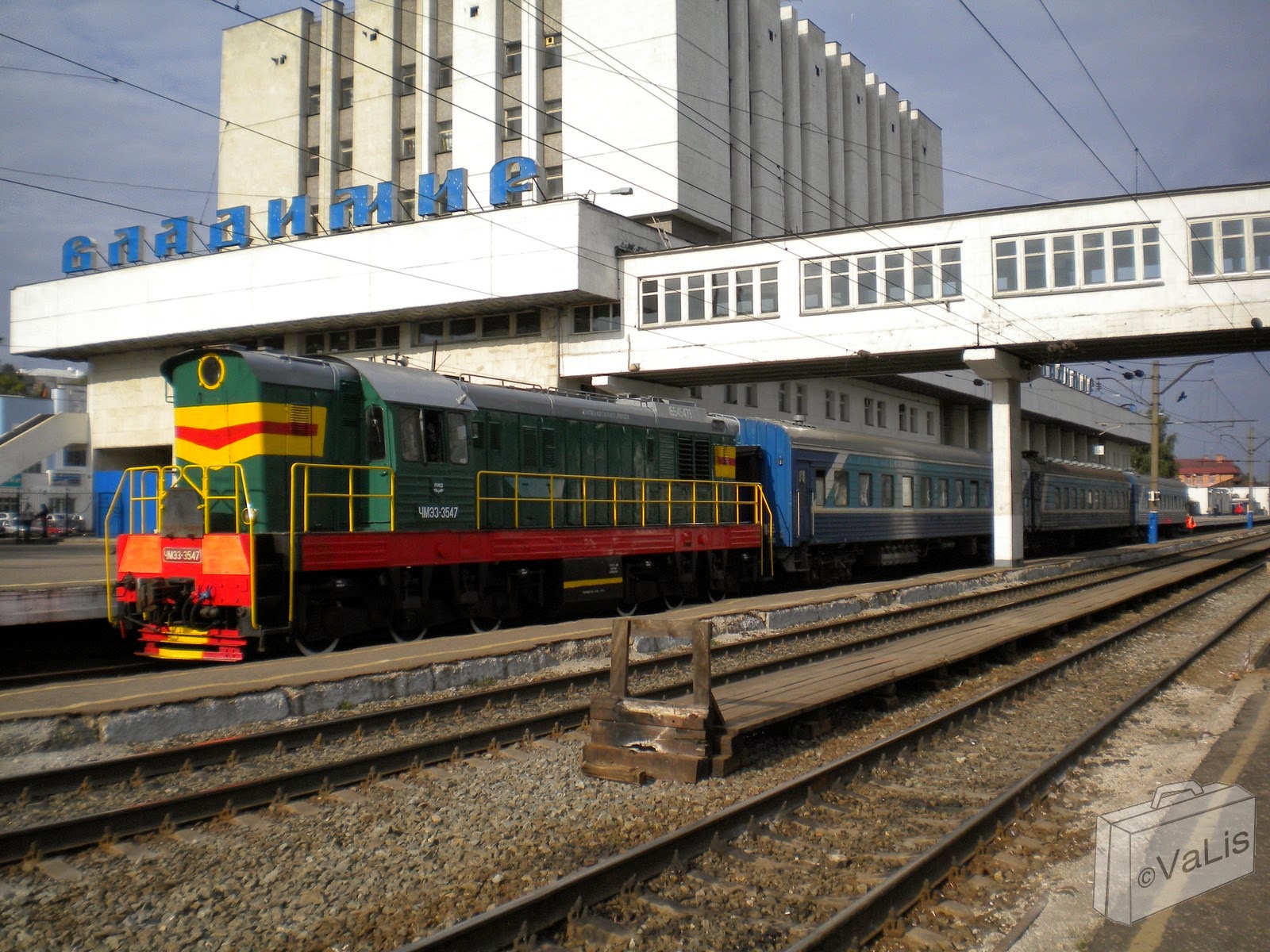One of my favourite trips so far, was the journey from the Netherlands to Bangkok by public transport, mainly trains.
I'm a long time fan of train travel, and when we started to plan this particular trip our starting point was one of the most epic trains ever: The Trans Siberian.
We ended up not doing the Trans Siberian, but the Trans Mogolian, but I'm sure at some point we will do the actual Trans Siberian.
 |
| A ticket for every hop |
In 2009 we travelled through Russia for 4 weeks, starting late August. This made us just in time for celebrating the end of summer in St. Petersburg and Moscow day* in shorts, and the start of winter in Siberia.
Our Trans Siberian itenerary was:
6/9 Local train (elektrichka) from Moscow to Vladimir, 200 km, 3.5 hours
8/9 Train 092 from Vladimir to Krasnoyarsk, in kupe class, 3900 km, 60 hours
11/9 Train 270 from Krasnoyarsk to Irkutsk, in platzcart class, 1100 km, 18.5 hours
19/9 Train 070 from Irkutsk to Ulan Ude, in platzcart class, 450 km, 8 hours
21/9 Train 362 from Ulan Ude to Ulan Bator, in kupe class, 650 km, 23 hours
6/10 Train K24 from Ulan Bator to Datong, soft sleeper class, 1300 km, 25 hours
11/10 Train K616 from Datong to Beijing, hard sleeper class, 400 km, 6.5 hours
 |
| Interior of an elektrichka class train |
You don't have te reserve a seat in an elektrichka as you have to do at an express train. Just show up at the correct train station (Moscow has a mere 15 train stations) and buy a ticket at the counter, in Russian of course.
The trip to Vladimir took 3.5 hours, on wooden benches... and I was tired enough to sleep through most of it! We spent 2 nights in Suzdal, a tiny little Golden Ring town, with more churches than people. And of course no one spoke anything but Russian there!
 |
| Vladimir train station |
From Vladimir our TransSib adventure really began. Our first leg was a long one: 60 hours! In this long strech we crossed from Europe into Asia. During the Europian part we passed villages and forrest, mostly deciduous trees, turning into autumn foliage. Over the days the view changed into pine trees and taiga, villages getting scarcer.
The intriguing part is that you can see autumn arrive as in fast forward because the climate changes from a moderate continental to a taiga (subarctic) climate.
 |
| The Europe-Asia border marker |
We delibiratly chose to do one long haul in our journey, as to really get the feeling of TransSib train travel. And we weren't dissapointed, in just this part of our journey we crossed 6 timezones!
To see a little bit of Russia as well, we took a small (6hour) break from the train in Krasnoyarsk.
We left our luggage at the station and went around town for a walk. It was sunny but there was a definite chill in the air. We completely missed the temperature drop due to the warm enclosure of our train!
 |
| Mosaic mural at Krasnoyarsk station featuring Lenin |
In the morning we walked to one of the monastries, just across the river. The weather was nice and sunny, just walking short sleeved, maybe 20'C.
On our walk back, the wind suddely picked up and we were hit by a sand storm, hiding in a bus stop shelter. The temperature must've dropped 10 degrees in half an hour.
That evening we had dinner in a restaurant, when we left: there was snow!!
 |
| Snow in september in Siberia |
Next stop was Ulan Bataar, capitla of Mongolia! This takes about 24 hours, mostly because of the extensive border controlls. The tipical thing: you cannot buy food anywhere on this stretch, so be warned... we had just a few dry biscuits in 24 hours!
 |
| Sunrise over Ulan Bataar station |
When we crossed into China, it was obvious we were travelling south, since the temperature increased while we were well into October.
We decided to no travele directly to Beijing, but to make a stop in Datong first. This ment we arrived in Beijing on October 11.
 |
| Tickers for the last few hours on to Beijing |
*) Moscow day is the day that commemorates the founding of the city. It was more like a week of celebrating, including a close down of the Red Square for military parades and Tversakya (the BIG 10 lane boulevard leading to the Red Square) closed to alle vehicles and filled with DJs, dance shows and balloons. Amazing!


















